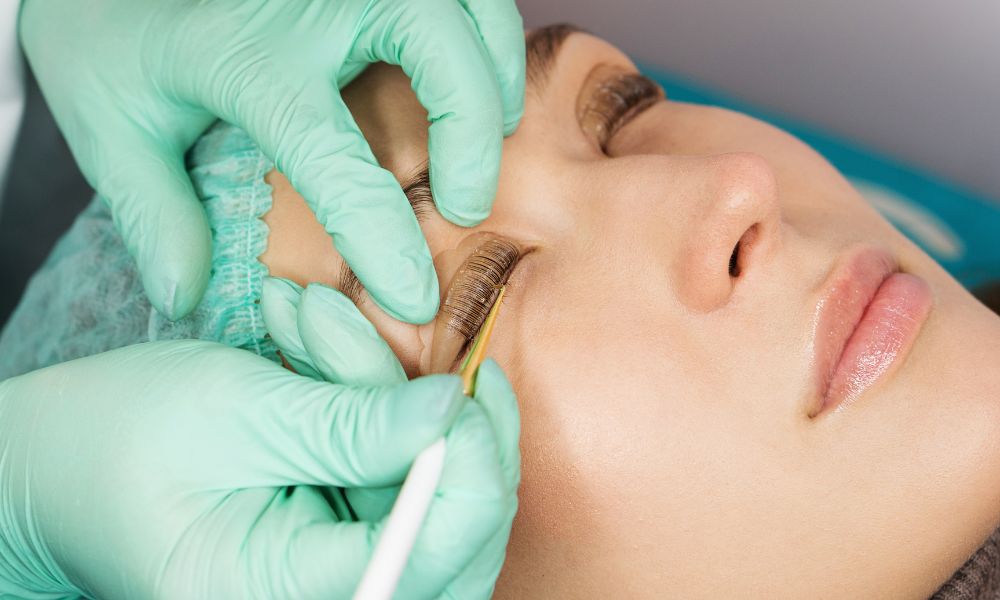Sustainability is a hot topic in today’s world. Businesses and organizations across all industries are looking for ways to reduce waste, counteract pollution, and build processes that preserve and protect our planet. The healthcare industry is no different, but it faces unique challenges. One such obstacle is the development of medical devices. From pregnancy tests to surgical equipment, medical devices must meet strict standards of safety and quality. How can developers successfully add sustainability to these product standards? Learn more about these key factors of building sustainability into medical devices.
Reduce Waste With 3D Printing
Prototyping is a crucial part of developing medical devices. Unfortunately, this can also be an extremely wasteful step if developers aren’t careful. As experts tweak their designs to perfection, they must find ways to reuse or recycle flawed prototypes. This might mean building on an existing prototype or reusing parts rather than starting from scratch. 3D printing can also help reduce waste in the prototyping phase. The precision that 3D printing offers allows experts to alter details rather than completely destroy failed designs, reducing waste and streamlining the entire prototyping process.
Be Smart With Materials
Everyone knows that certain materials are greener than others. Products that consist of recyclable, biodegradable, or renewable materials are much greener than objects that contain plastic or other non-sustainable components. Material selection is a crucial part of developing medical devices. The material scientists use influences qualities like efficiency, accuracy, and durability. In addition to choosing materials that perform well, developers must also look for options that last a long time or allow users to reuse or recycle the product.
Sterilization vs. Reusability
Another challenge that developers face when building sustainability into medical devices is balancing sterilization with reusability. Many medical devices—like the needles or thermometers you see in a doctor’s office—are disposable so users don’t have to worry about contamination or infection from the device. However, single-use devices produce a lot of waste. On the other hand, reusable devices require strict sanitation methods, which can lead to cleaning products emitting harmful toxins into the air and water. Healthcare professionals must weigh sterilization versus reusability on a case-by-case basis. Leveraging both qualities as needed allows facilities to fulfill their roles while maintaining environmentally friendly practices.






